Tray
A rectangular lacquered tray with rounded edges, painted in red and gold on a black background. In the centre is a scene of four luxuriously dressed people in a garden pavilion surrounded by clouds and plants such as holly, bamboo, and pine trees. In the upper right and lower left there are figures in the form of stars, and in the lower right-hand corner there is a door with masonry.
The tray was used to hold letters and carry smaller items. Motivically, it tries to imitate the Japanese style, and it could also be an imitation of a scene from a wood engraving model, or ukiyo-e. It is made of polished papier mâché; given the quality and appearance of the lacquer, it is probably not Japanese lacquerware urushi (漆). We can also see an effort to imitate the nashiji (梨地) technique, a form of maki-e (蒔 絵), often used for the background of patterns, where gold or silver fragments or nashiji-ko (梨地子) or nashiji-fun ... more
A rectangular lacquered tray with rounded edges, painted in red and gold on a black background. In the centre is a scene of four luxuriously dressed people in a garden pavilion surrounded by clouds and plants such as holly, bamboo, and pine trees. In the upper right and lower left there are figures in the form of stars, and in the lower right-hand corner there is a door with masonry.
The tray was used to hold letters and carry smaller items. Motivically, it tries to imitate the Japanese style, and it could also be an imitation of a scene from a wood engraving model, or ukiyo-e. It is made of polished papier mâché; given the quality and appearance of the lacquer, it is probably not Japanese lacquerware urushi (漆). We can also see an effort to imitate the nashiji (梨地) technique, a form of maki-e (蒔 絵), often used for the background of patterns, where gold or silver fragments or nashiji-ko (梨地子) or nashiji-fun (梨子地粉) are scattered on the surface of the lacquered object. From this we can conclude that the tray was probably made in one of the European workshops. (KH, EŠ)


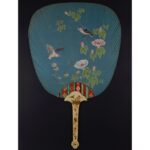





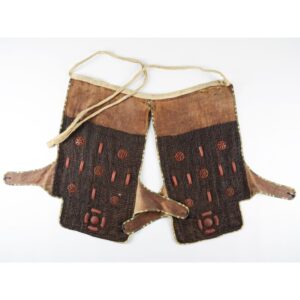




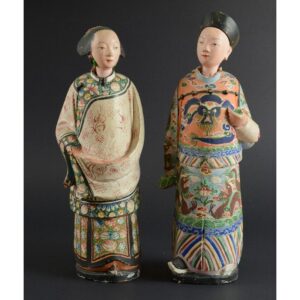




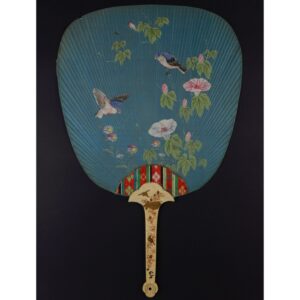
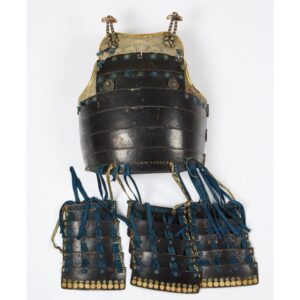














Do you have a comment or additional information about the subject?